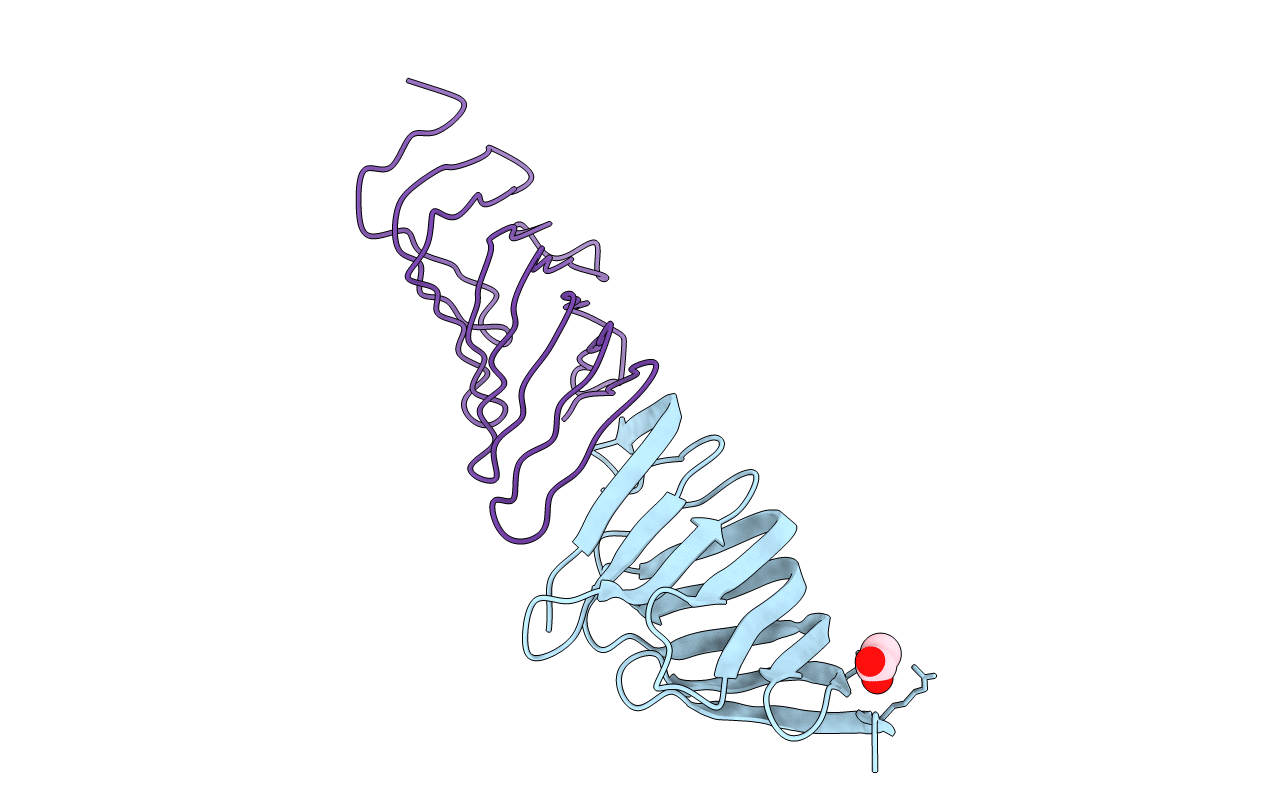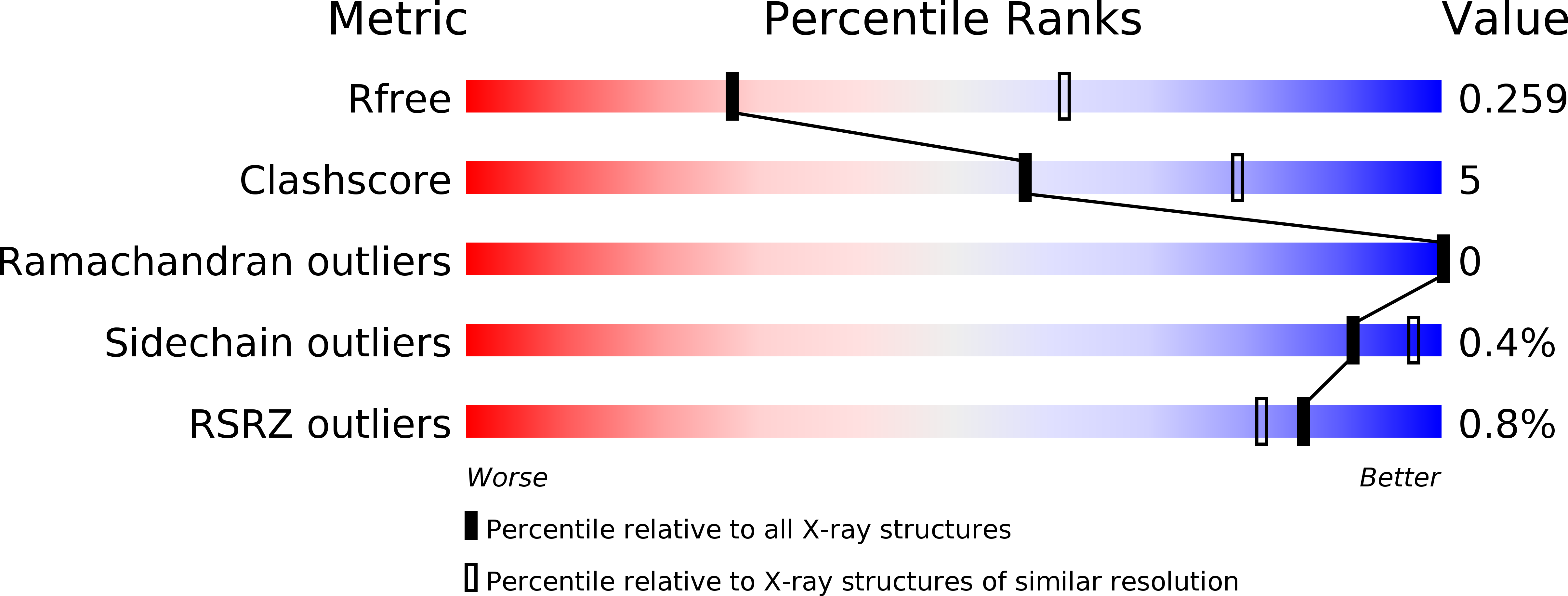
Deposition Date
2012-08-02
Release Date
2013-01-16
Last Version Date
2023-12-20
Entry Detail
PDB ID:
4B54
Keywords:
Title:
The Structure of the inactive mutant G153R of LptC from E. coli
Biological Source:
Source Organism:
ESCHERICHIA COLI (Taxon ID: 562)
Host Organism:
Method Details:
Experimental Method:
Resolution:
2.80 Å
R-Value Free:
0.26
R-Value Work:
0.24
R-Value Observed:
0.24
Space Group:
P 21 21 21


